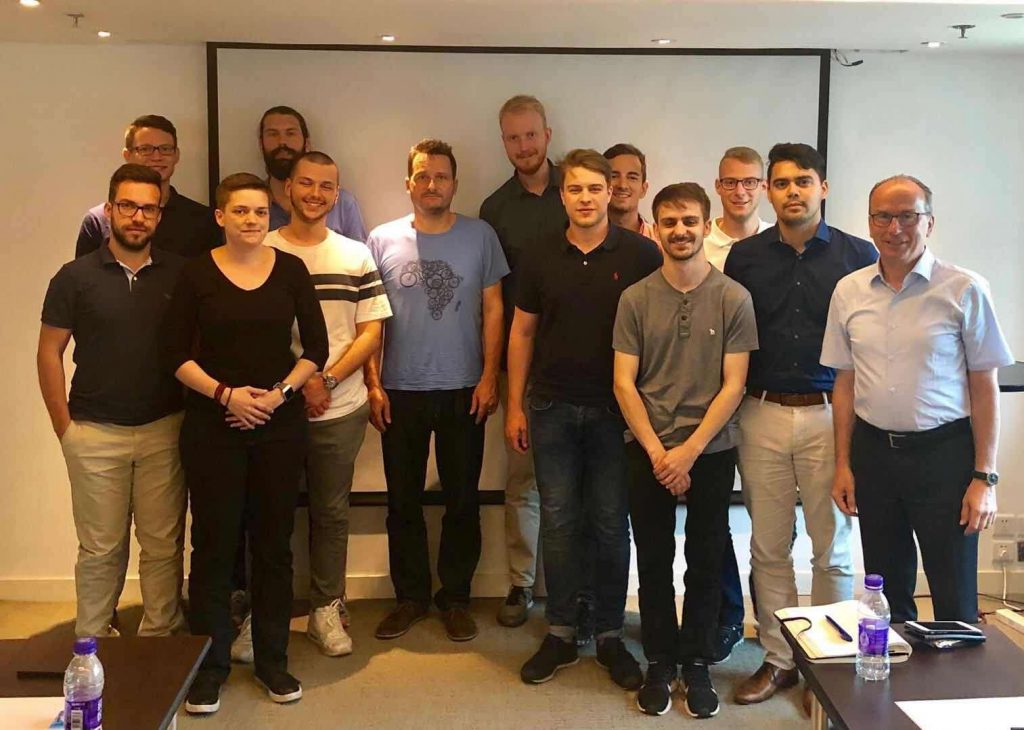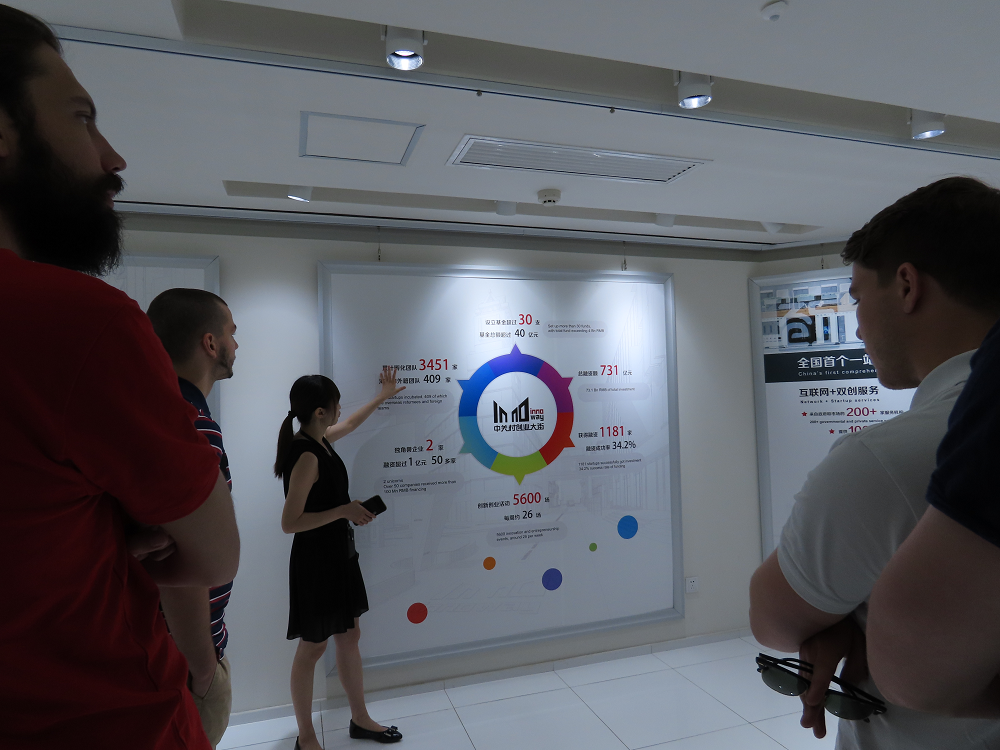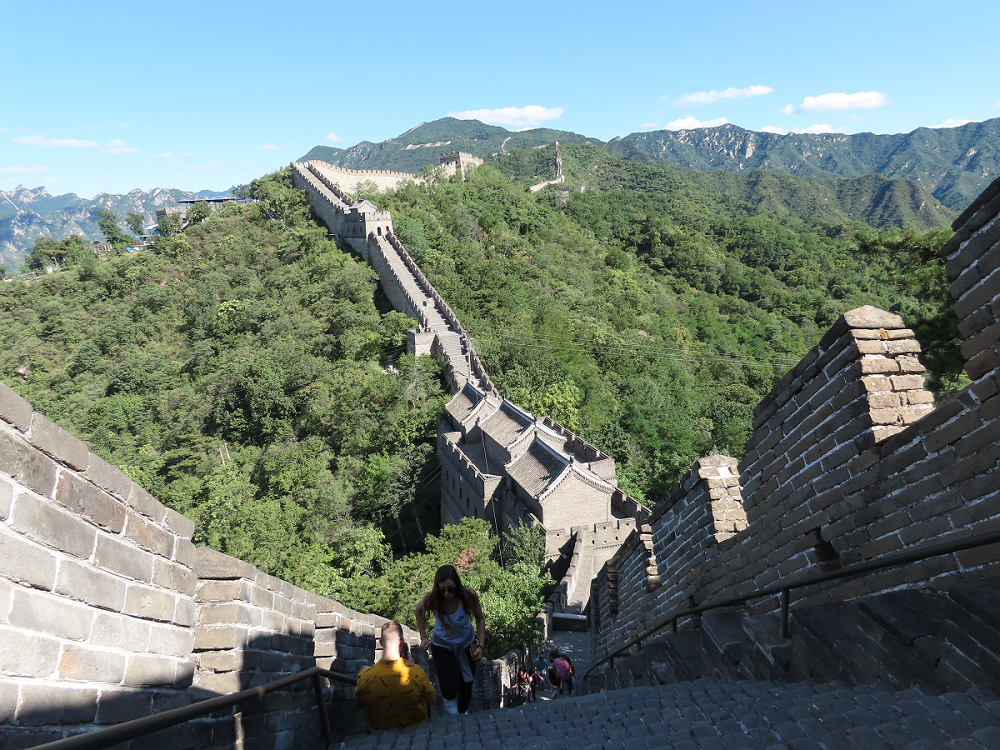
Day 4: Last day in Beijing.
Our last day started with a very interesting Q&A with Matthias Müller, a senior journalist who is working for Neue Zürcher Zeitung (NZZ) in China. He provided us unique insights of his daily life in China. Furthermore, we got the chance to ask an a wide range of political and economical questions. At noon, two […]



